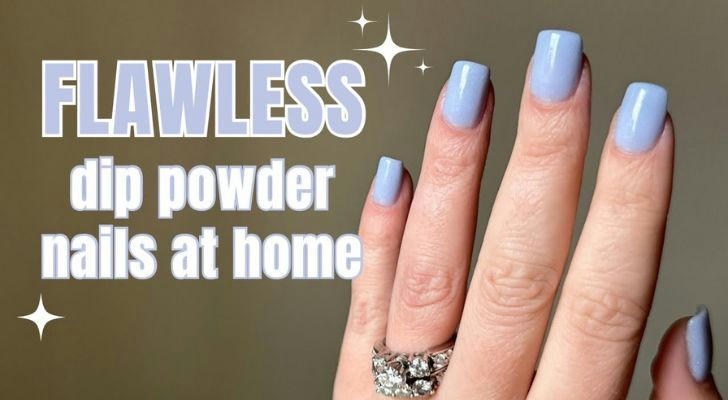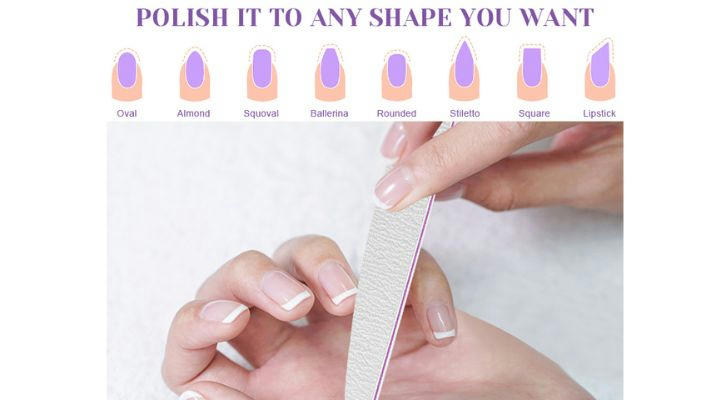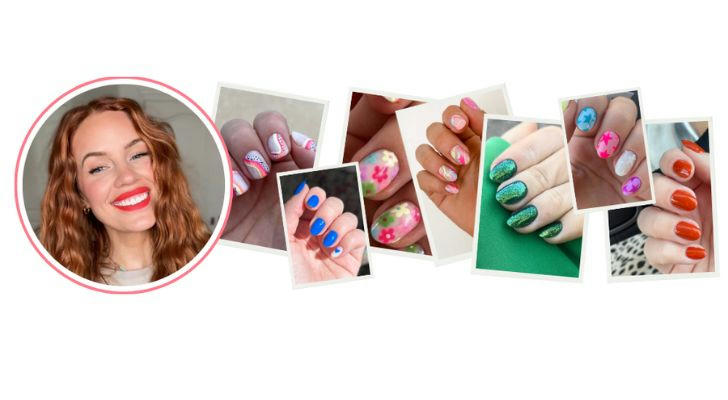How to Do a Basic Manicure at Home?
Getting a manicure doesn’t have to involve scheduling appointments or sitting under salon lights. With the right approach, it’s entirely possible to give nails a clean, polished look right at home. This guide walks through a simple, effective manicure routine designed for everyday people—not professionals—and focuses on nail health just as much as aesthetics.

What You’ll Need to Get Started
A successful manicure begins with the right tools, but there’s no need for anything fancy. Basic items like nail polish remover, clippers, a file, and some hand lotion go a long way. Those who enjoy polishing their nails can also keep a base coat, nail polish, and top coat on hand. Most of these can be found in any drugstore or supermarket beauty aisle. A few simple items and a bit of time are all that’s really needed.
Step 1: Clear the Canvas
Before doing anything else, remove any old nail polish. A cotton pad soaked in remover—acetone or non-acetone depending on personal preference—does the trick. This step helps ensure a clean surface and prevents leftover pigment from interfering with the next steps.
Step 2: Wash, Soak, and Relax
Next, wash your hands with mild soap and soak your fingertips in a bowl of warm water. It’s not just about cleanliness—this also softens the cuticles, making them easier to work with. Soaking for around five to ten minutes is enough. Going longer might seem relaxing, but it can actually weaken the nails, according to the American Academy of Dermatology.
Step 3: Trim and Shape
Once the nails are softened, it's time to trim them. Clippers can shorten the length, and a nail file can refine the shape. A soft square or oval shape tends to hold up well to everyday wear and tear. When filing, it’s best to go in one direction to avoid creating small tears in the nail edge that can lead to splitting.

Step 4: Care for the Cuticles
Cuticle care is often skipped, but it plays a key role in keeping nails healthy. Gently push back the cuticles with a wooden or metal pusher. Cutting them might seem tempting, but dermatologists advise against it—cuticles act as a barrier against bacteria. A small amount of cuticle remover can help if they’re stubborn, but gentle pressure usually does the job.
Step 5: Buff for a Natural Shine
A quick pass with a nail buffer smooths out ridges and can give nails a soft, natural glow. This also creates an even surface if polish is going to be applied later. It’s important not to overdo it; excessive buffing can thin out the nail plate and cause weakness over time.
Step 6: Add a Hydration Boost
After all the soaking and filing, nails and skin might feel a bit dry. A drop of cuticle oil or a dab of hand moisturizer brings back the softness. Oils like jojoba or almond oil are light and absorb quickly. This step also feels good—it’s a moment of calm that finishes off the grooming process.
Step 7: Prep for Polish (If Using)
Before adding color, give nails a quick wipe with polish remover to remove any leftover oil or lotion. This helps polish stick better and last longer. Skipping this step is one of the main reasons why nail polish peels prematurely.
Step 8: Base Coat, Color, and Finish
If polish is part of the plan, start with a base coat. It creates a smooth surface and prevents staining, especially with darker colors. Apply the nail color in two thin coats rather than one thick one—it dries faster and stays in place better. Finally, seal it all with a top coat for added shine and protection. While some top coats promise to dry instantly, letting polish air dry for at least 10–15 minutes is still the most effective method for durability.

Keeping Nails Looking Good Longer
Even a well-done manicure can fade fast without a little care. Try to avoid hot water or cleaning products for a few hours after polishing. Wearing gloves while doing dishes or housework can extend the polish's life, and applying a new layer of top coat every few days helps too. Daily moisturizing—especially in cold weather—keeps nails and cuticles from drying out. Letting nails go polish-free from time to time gives them a chance to breathe and recover.
Nail Facts That Might Surprise You
Nails grow slowly—about 3.5 mm per month on average, based on data from the American Academy of Dermatology. Growth tends to be faster during the summer and slower with age. Some people turn to biotin supplements to strengthen weak or brittle nails. A study in the Journal of the American Academy of Dermatology reported noticeable improvements in nail thickness for some users over several months. It’s also important to pay attention to nail color and texture. Yellowing, thickening, or splitting could be signs of an underlying health issue that deserves a doctor’s attention.
Final Thoughts
A basic manicure isn’t just about appearances. It’s also about taking care of the hands that do so much every day. With a few simple tools and a bit of attention, anyone can keep their nails clean, healthy, and polished at home. The process is relaxing, satisfying, and empowering—a small act of care with a noticeable impact.
